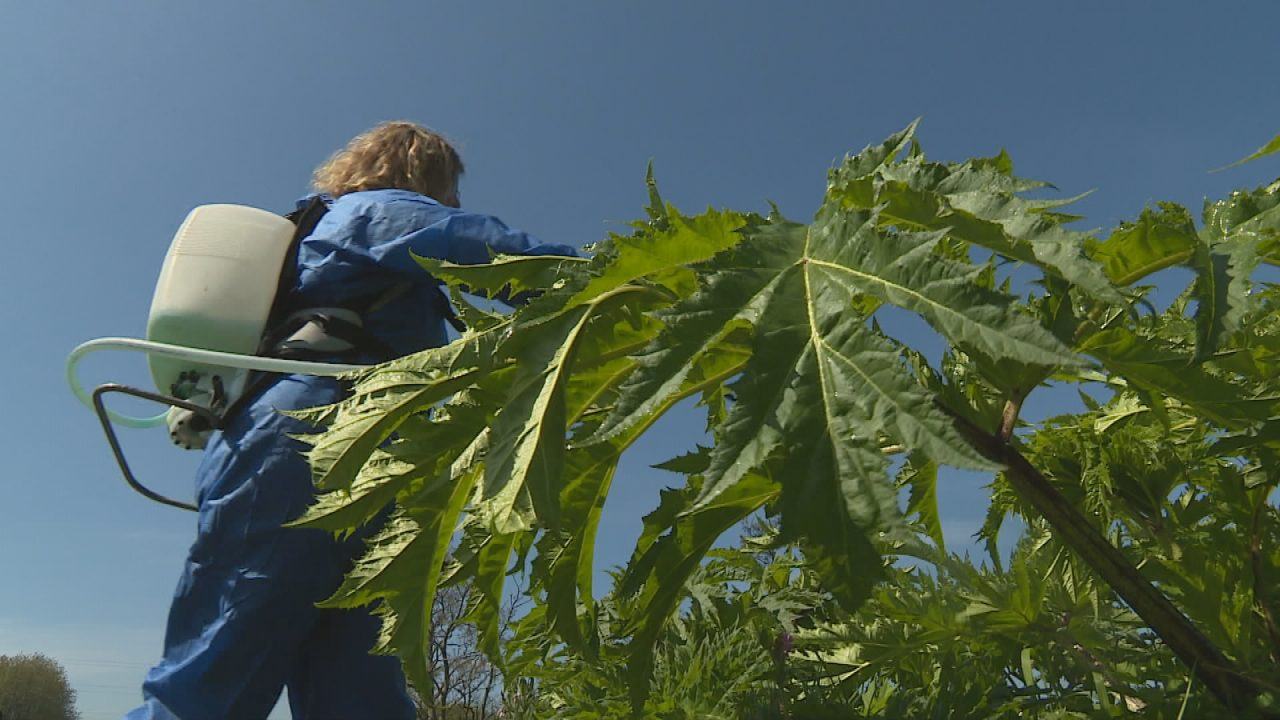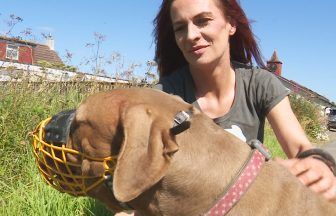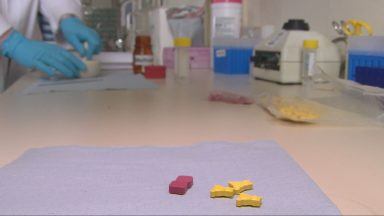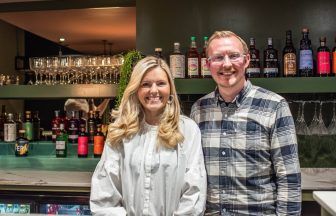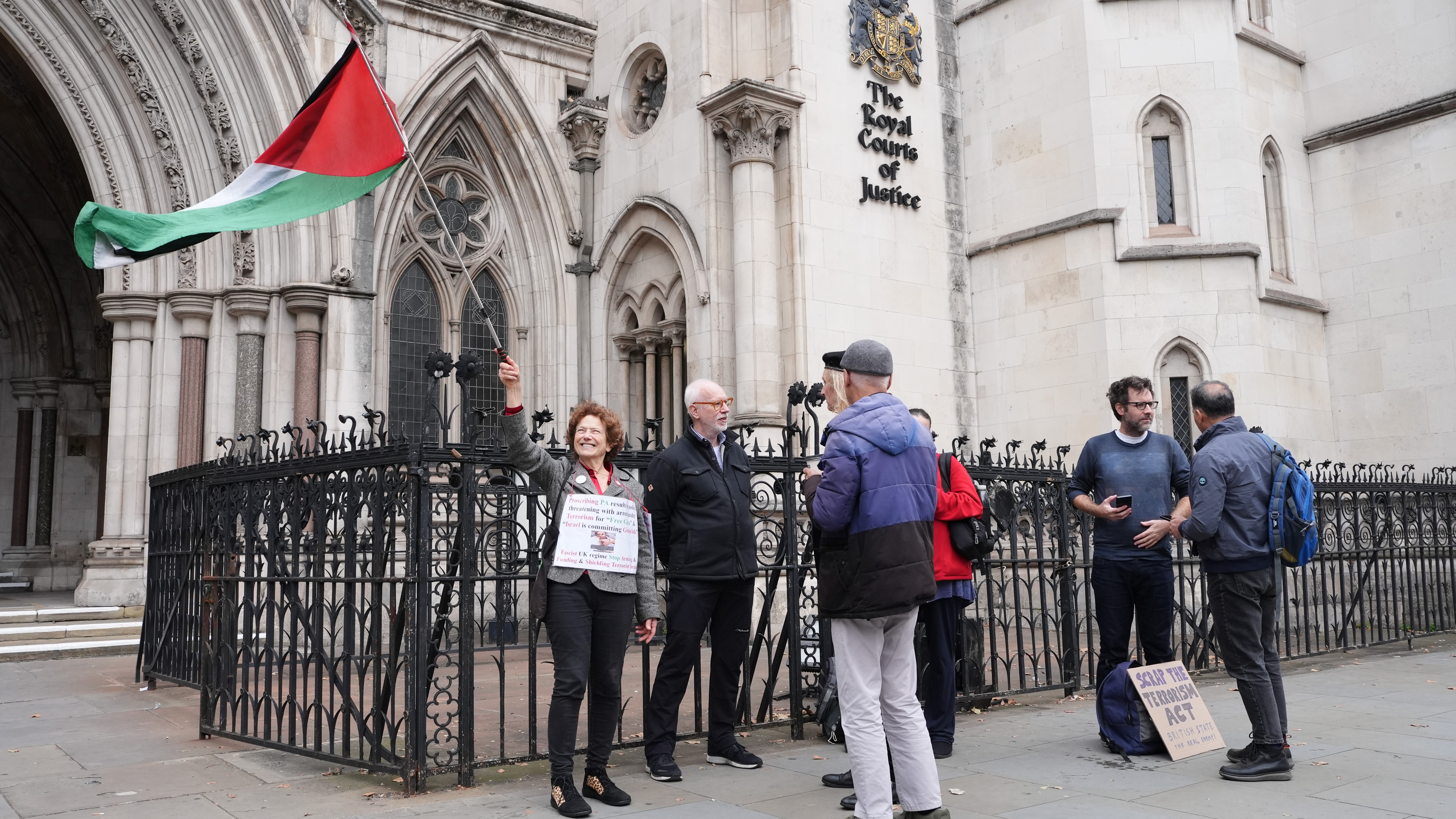An environmental group is trying to halt the spread of a weed which can cause serious harm to people, animals and other plants.
Giant hogweed is an invasive species that currently covers around 30km of land around the River Urie in Aberdeenshire.
The Scottish Invasive Species Initiative is a project that aims to eradicate harmful plants that disturb nature’s ecosystem.
Jan Simpson, who is the invasive officer for SISI, told STV News: “When giant hogweed grows in areas such as this, it blankets out other species, so native plants find it difficult to grow underneath it because of the size of the leaves.
“It shades everything out. Also, native birds and native wildlife don’t eat it or nest in it, so it’s just not good for any of our native biodiversity on the riverbanks.”
Not only is it detrimental to the environment, but it can be extremely harmful to human beings.
If people have any physical contact with the sap, it can cause severe burns when the affected area is exposed to sunlight.
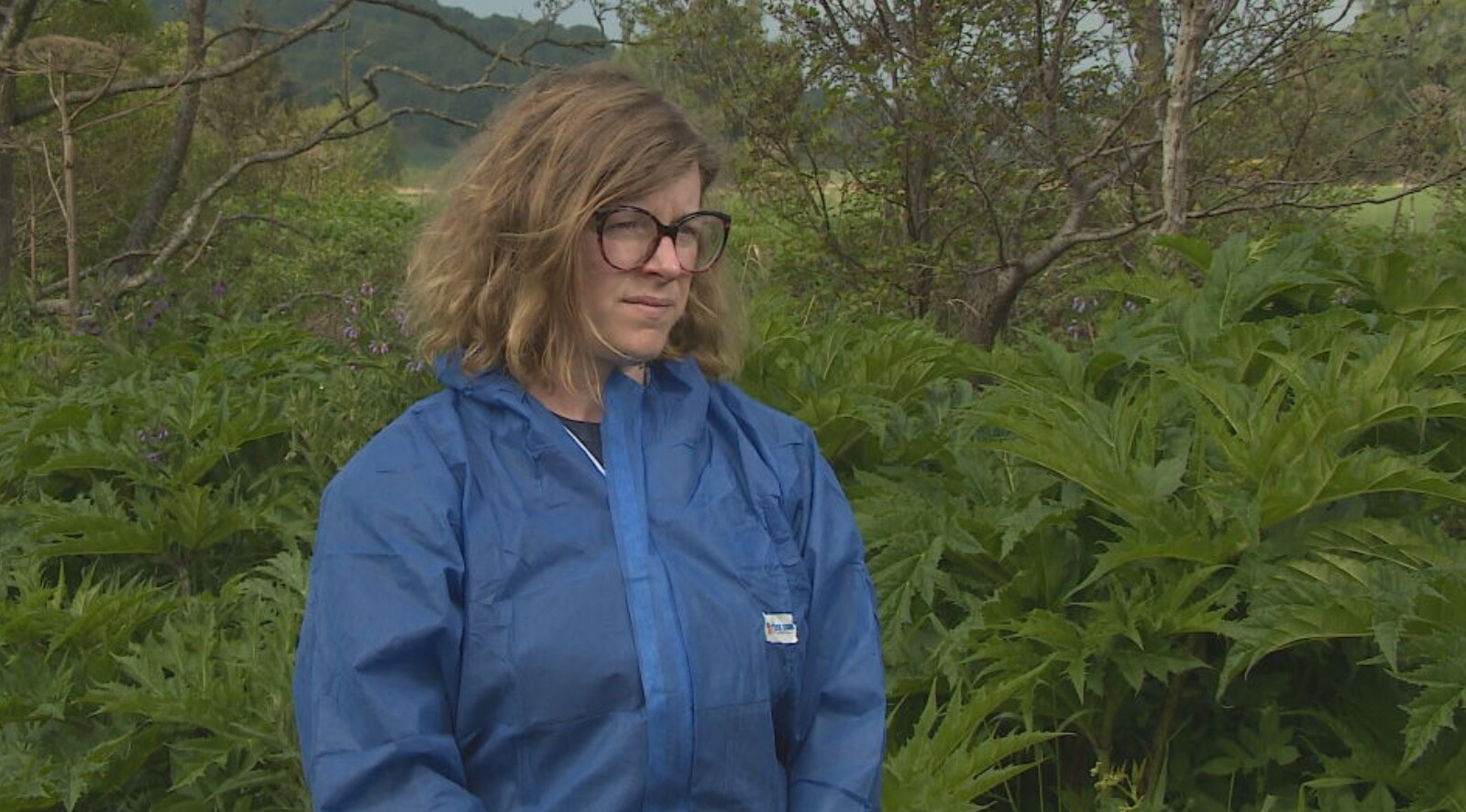 STV News
STV NewsJan said: “Giant hogweed causes serious problems both for the native biodiversity and with risks to people, who come into contact with it, it’s got a toxic sap.
“Where the ground isn’t disturbed for other reasons, for example farming, giant hogweed would take over and cover massive areas.”
Although getting rid of giant hogweed is no easy task, only an herbicide treatment can kill the plant.
It must be sprayed on every plant, which will eventually cause the hogweed to die.
But for the River Urie to be free of the invasive species, it could take up to a decade.
Jan said: “The problem with giant hogweed is that each plant has thousands of seeds, and the seed banks become a problem. So in areas like the Urie, we will clear these plants; they’ll be sprayed this year, and they will die off.
“But there’s probably a better part of ten years’ worth of control needed here, in order to really get the problem under control.”
The initiative relies heavily on volunteers to achieve its goal of expelling invasive species.
Volunteer Calum Wilson remembers the river when it was clear of hogweed, which motivates him to help the project.
He said: “When I was a wee boy there weren’t these enormous great big hideous hogweed plants, shading out everything.
“I hope to spend another ten or 15 years working in river catchments up across in Deeside and on Don side doing what I can to restore the river that I remember.”

Calum retired solely to volunteer with SISI, and he remains hopeful that more financial help will be given to boost the initiative.
He added: “Volunteering makes the money go further, there’s not really much of a budget available for these sorts of projects, and without volunteers, it would be difficult to actually cover the grounds.
“So, we stretch the funding as far as it will go, and hopefully, they’ll be more next year as a result. It’s quite important,t I think.”
Jan is extremely complimentary to her volunteers, as they travel all over Scotland.
As the restoration at the River Urie alone may take until 2035, it’s hoped Calum will be able to bear witness to seeing the riverbank return to its former glory.
“I have an amazing team of volunteers, and they put in huge amounts of work. They put in 488 hours on the Urie alone last year, dealing with giant hogweed.
“Throughout the project as a whole, there’s 369 volunteers that are willing to come out and spend their days treating giant hogweed. “
Follow STV News on WhatsApp
Scan the QR code on your mobile device for all the latest news from around the country


